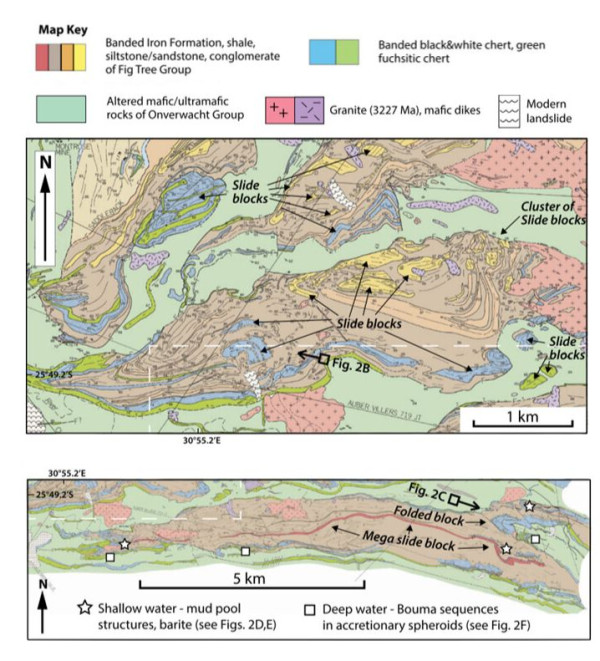New discovery reveals evidence for Earth's earliest earthquakes
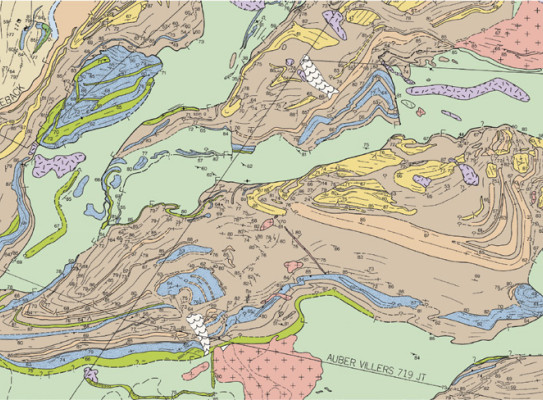
New research published in Geology unearths a missing piece in the puzzle about our planet's formation.
Two New Zealand geologists find evidence for some of the planet’s most ancient great earthquakes preserved in a 3.3 billion-year-old geological record.
The birth of a blue planet
Our planet was created about 4.6 billion years ago through countless cosmic collisions. Soon afterwards, as the surface cooled and water vapour in the atmosphere rained back down, the Earth emerged from its violent birth as a water world covered by a single ocean, with small landmasses rising above the sea – a blue planet. But we only have glimpses of this ancient lost world.
Certainly, life was no more than singled celled bacteria-like organisms. But the big scientific question is whether plate tectonics was operating back then - today this is one of the defining features of our planet, making it unique in the solar system.
In new research, two New Zealand scientists have found evidence that the widely-held view of the Earth over 3 billion years ago is wrong. Instead of being a hotter planet, free of large earthquakes and with a surface so weak that it was unable to form rigid plates, Simon Lamb, Associate Professor at Te Herenga Waka – Victoria University of Wellington, and Cornel de Ronde, Principal Scientist at GNS Science, show that it was alive with earthquakes, triggered as one tectonic plate slid beneath another in a subduction zone, as part of plate tectonics – in fact, much like the New Zealand region today.
The new research has required cracking a difficult code in the rocks.
Finding something familiar leads to big scientific breakthrough
Early in their careers, the two New Zealand geologists had studied some of the oldest pristine geological records, preserved in southern Africa’s Barberton Greenstone Belt. The rocks in this region were laid down between 3.6 and 3.2 billion years ago. A few years ago, the geologists collaborated on publishing a new geological map of this region, made by one of them (de Ronde, 2021).
In their 2024 research published in Geology, they have finally made sense of these rocks, finding evidence for both plate tectonics and some of the planet’s first great earthquakes.
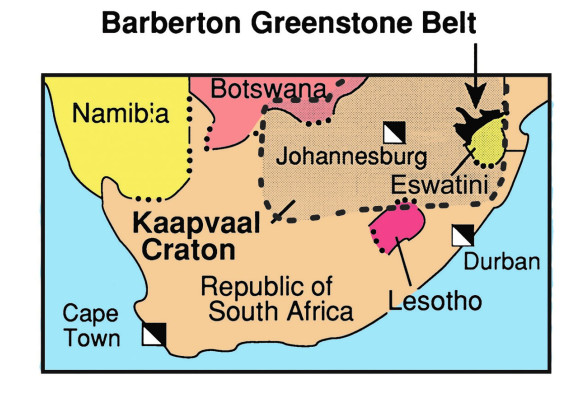
They realised that they were looking at the remains of gigantic underwater landslides, made up of jumbled-up blocks of volcanic rock, sandstone, conglomerate and the remains of bubbling mud pools and ancient sea floor the once lay deep beneath the ocean. Some of these blocks were hundreds of meters thick and up to 10 km in length, lying topsy-turvy on top of each other. This confused piece of the Earth's geological record had long-puzzled scientists.
But as they poured over the new map, Simon Lamb and Cornel de Ronde began to realise that there was, in fact, something very familiar about it.
We realised the jumbled geology looked remarkably similar to a map I had made of recent submarine landslides in New Zealand.
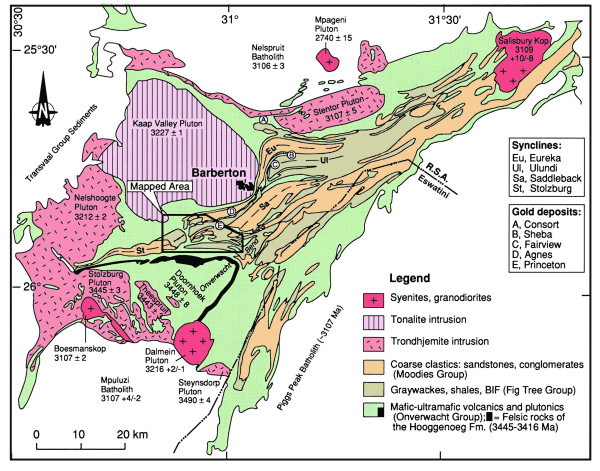
They found the geological jumble of the Barberton Greenstone Belt looked like rock formations forming on the relatively "young" 20 million-year-old Hikurangi Subduction Zone off New Zealand's east coast - where the oceanic Pacific plate dives beneath the continental Australian plate. Like other subduction zones, it can generate large-magnitude earthquakes and submarine landslides.
They knew about the gigantic scars on the steep edge of the ocean trench offshore, left behind huge landslides. The key, however, to their discovery was a small piece of highly faulted and folded bedrock in the Hikurangi Subduction Zone, called the Great Marlborough Conglomerate. This formation is the remnants of a continental shelf that has fragmented, collapsing in submarine landslides, and it is strikingly similar to the jumbled up bedrock in the Barberton Greenstone Belt.
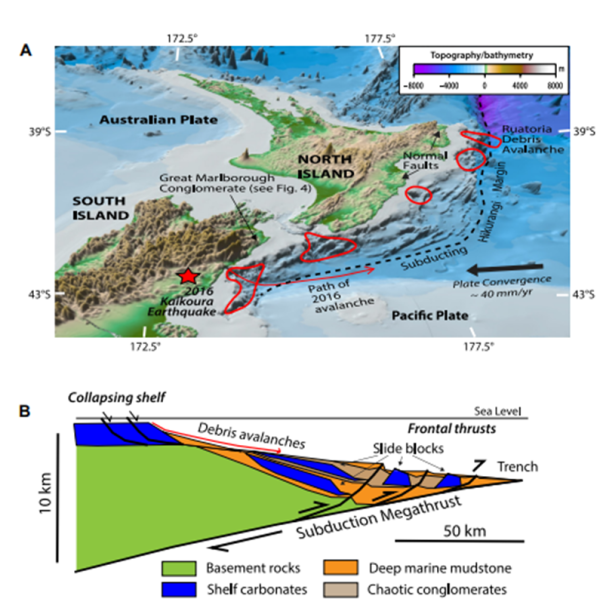
What was once thought to be untranslatable in the early record of our planet, was in fact a gigantic landslide containing sediments deposited both on land or in very shallow water, jumbled with those that accumulated on the deep sea floor.
Evidence of earthquakes has never been found this early in Earth's history
Based on the similarities with the bedrock in New Zealand, the Barberton Greenstone Belt shows the characteristic features of a subducting margin periodically shaken by large-magnitude earthquakes.
Therefore, seismogenic subduction was operating at that time, around 3.3 billion-years ago. And this is some of the earliest (if not earliest) known evidence for a large-scale earthquake, or earthquakes in general. It seems that plate tectonics was alive and well at this time, much as we see today in New Zealand, and it may have played a critical role in the origin of life itself.
